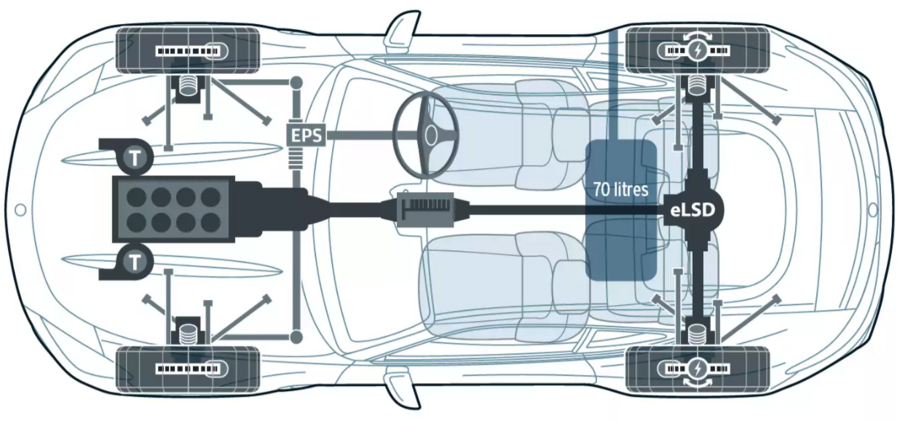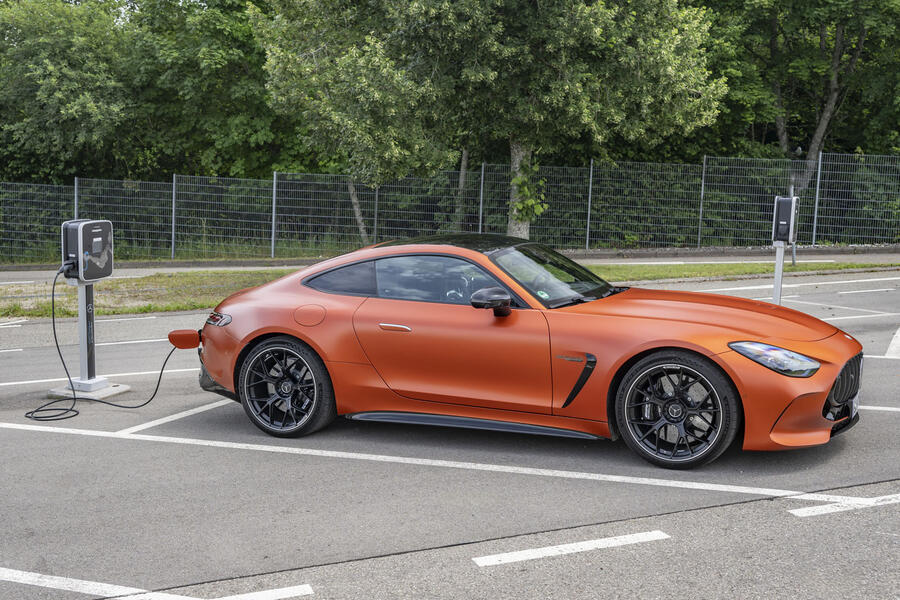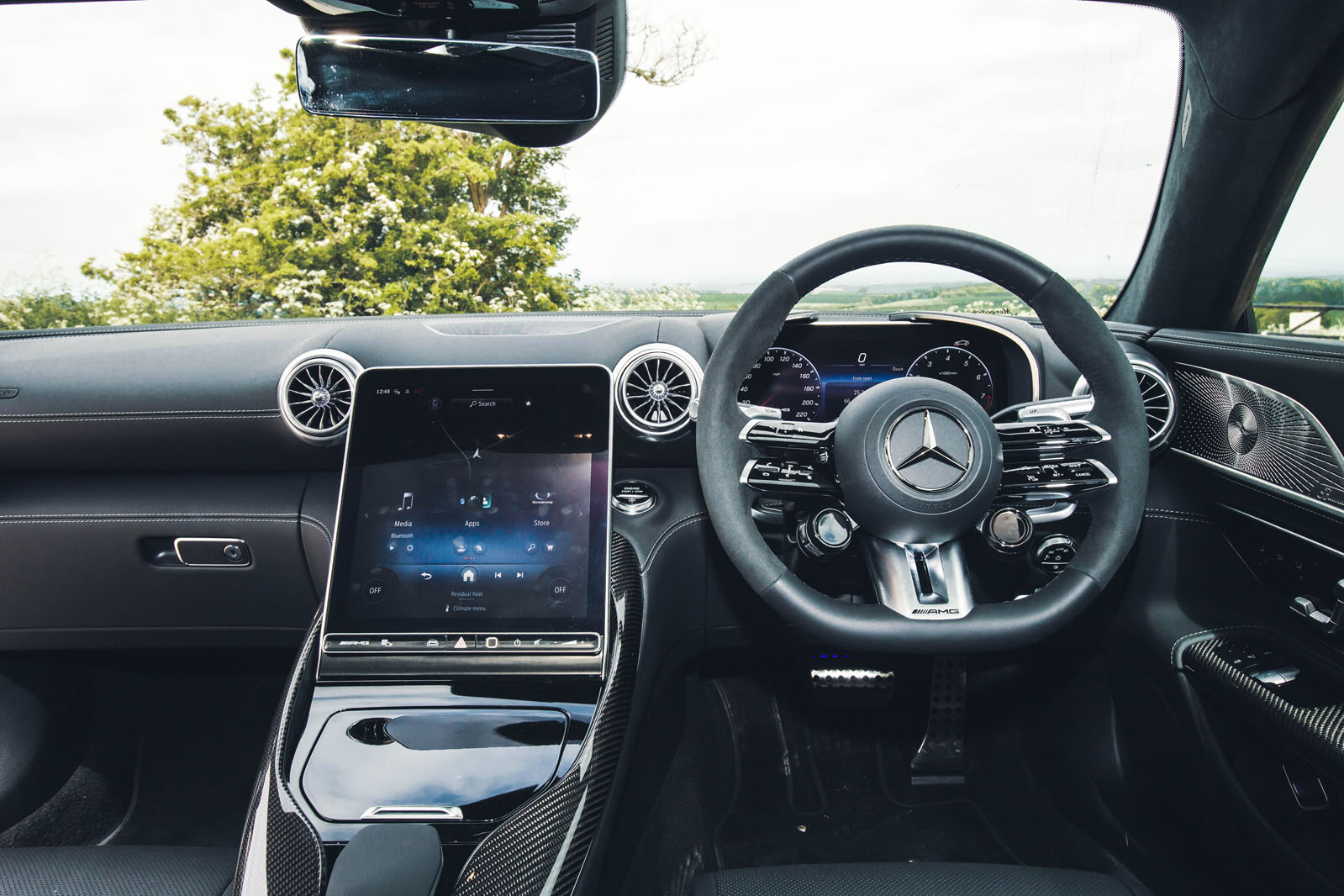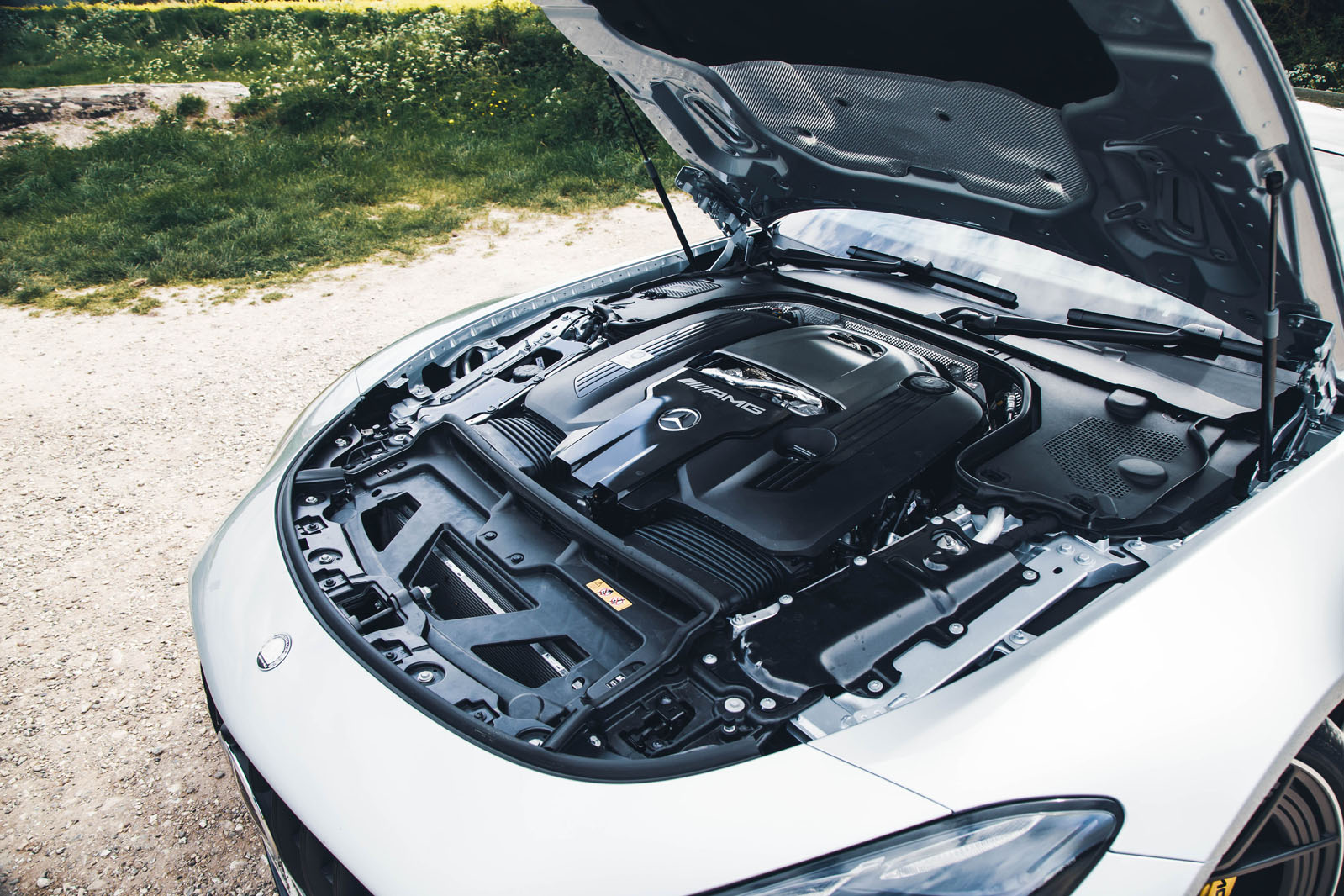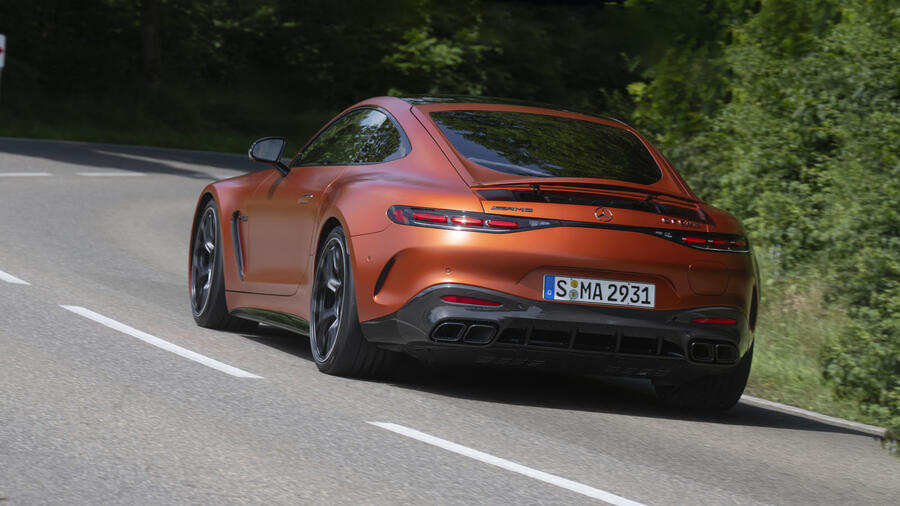In a way, the mere existence of the Mk2 Mercedes-AMG GT is cause for cheer in itself.
The senior sports car class has always been a challenging place in which to do business. This is partly because one member of the gang, the Porsche 911, is almost too popular. There are other, more wide-reaching reasons why there are fewer serious performance coupés around now than in the past, but it all amounts to the same thing: less choice.
In recent times, Jaguar’s F-Type has fallen by the wayside, as has Audi’s R8. The V8-fired Lexus LC has also been retired. None has a replacement on the horizon.
AMG’s decision to reprise its long-snouted, big-hearted flagship should be welcomed with open arms, then – even if the price has dramatically risen and the original AMG GT recipe somewhat diluted in the pursuit of, yes, 911-rivalling breadth.
We will delve into the details in a moment, but the new layout is notable for having back seats and front driveshafts, neither of which the hell-raising Mk1 GT possessed, for better and for worse.
cWhat we really want to know is whether AMG has managed to maintain the energy and vivacity of the old car while taming its more wayward impulses and furnishing the new car with more GT-typical, long-distance appeal. It is a tricky balancing act but, if achieved, would result in a knockout product.
The Range at a Glance
| Modles | Power | From |
|---|---|---|
| 63 4Matic+ | 577bhp | £162,105 |
| 63 S E 4Matic+ Performance | 805bhp | £177,715 |
| 63 Pro 4Matic+ | 603bhp | tbc |
The 577bhp 63 4Matic+ what we're primarily talking about in this review is currently the entry point into the GT range. That status may change if AMG deems it commercially beneficial to introduce the 55-badged, 469bhp car to the UK.










































































